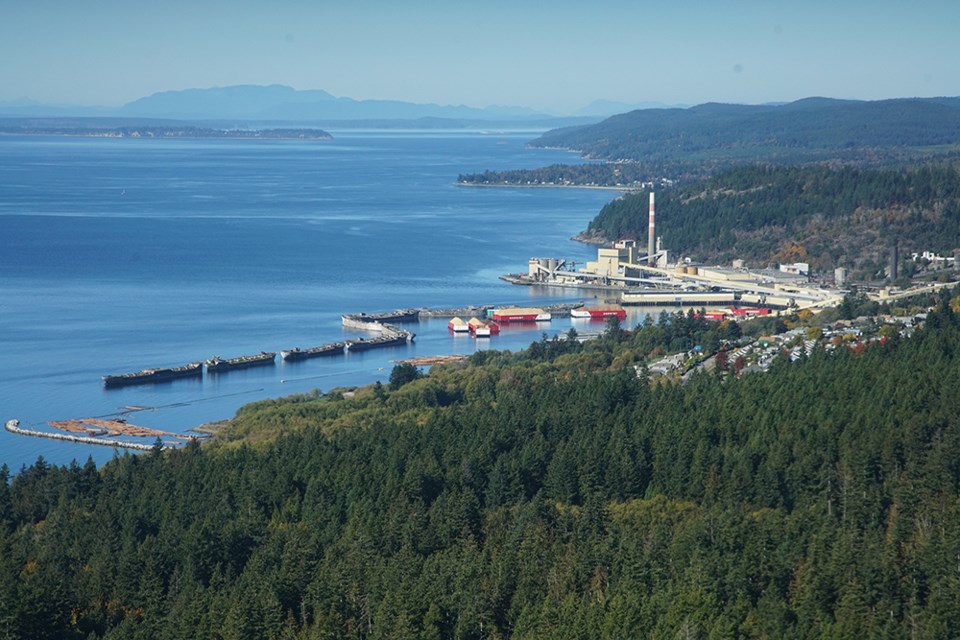Factors other than old-growth deferral played a much greater role in the demise of the Catalyst Paper Tis’kwat mill than the deferral, which only commenced a few months ago [“Catalyst Paper Tis’kwat mill moves into indefinite curtailment,” February 9].
Decades ago they started building mega mills across BC. For at least the last 20 years, forestry professionals and experts warned the government and industry that their mill capacities were oversized in design, too large for sustainable forest yield in BC. These warnings were to no avail as witnessed by the inevitable depleting of the BC forest inventory.
This willful shortsightedness has forced the logging industry to go after the remaining three per cent of old growth. Those oversized mills, decades of overharvesting, massive wholesale raw log exports, highly efficient mechanization in massive clearcut logging, climate change, pine beetle infestation and unprecedented forest fires, coupled with the highly competitive and equally destructive logging/mill practices in Asia, are the main factors for the indefinite curtailment at the Catalyst mill.
The recent old-growth deferral has very little bearing on the mill’s curtailment. Even if they were allowed to continue to log the remaining three per cent of old growth, it would not save this mill. The larger concern now is whether Catalyst will unload their massive and unfunded liabilities onto the local taxpayers to reclaim their toxic and colossal contaminated sites.
If the current municipal government fails to properly address this issue it is highly unlikely this prime waterfront property will ever be reused or repurposed in the future and will remain as an eyesore reminding us of a century of epic forestry mismanagement.
John Chan
Cranberry




